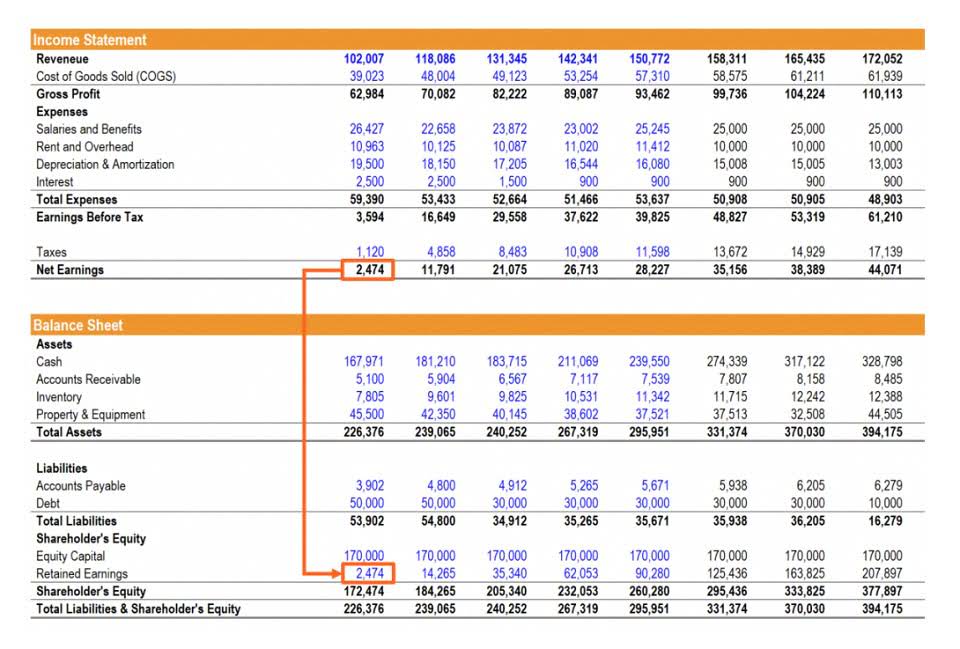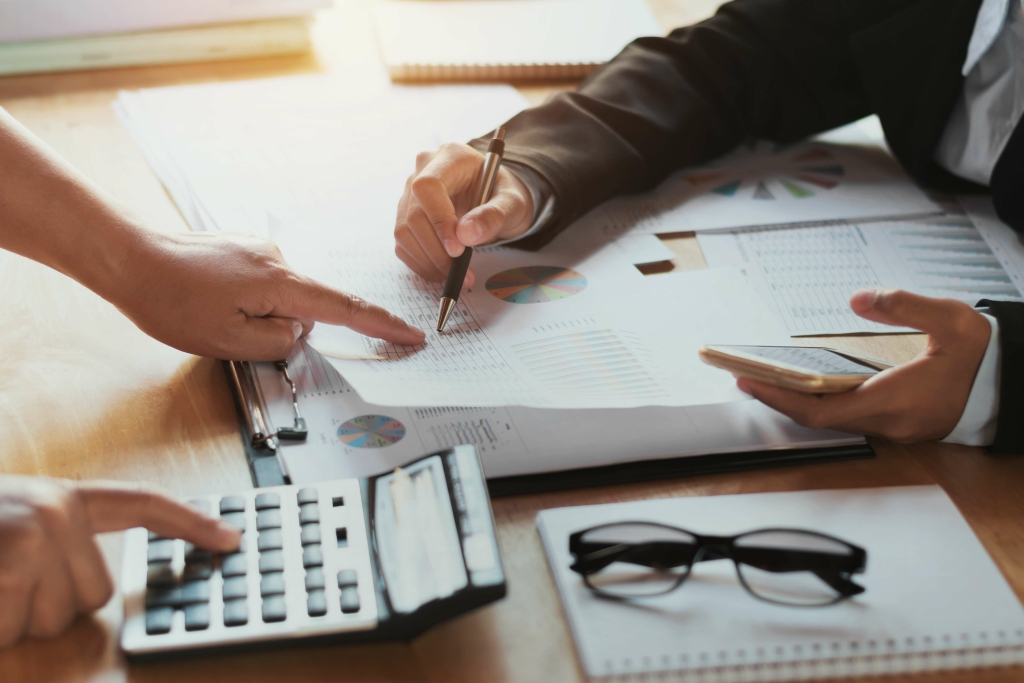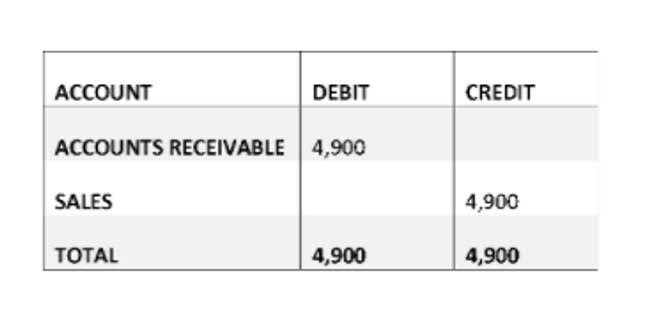About one in four teenagers who menstruate struggle to pay for period products, according to a 2023 study from the advocacy group Period. According to the Matching Principle, all expenses are matched with the revenue of a particular period. So, if the revenues are recognised for an accounting period, then the expenses are also taken into consideration irrespective of the actual movement of cash. By virtue of this concept, period costs are also recorded and reported as actual expenses for the financial year. Ending inventory is like a treasure trove of products waiting to leave the shelves and go to customers.

Product Cost vs. Period Costs: What Are the Differences?
- In rural areas, 24.3 per cent of those who menstruate had to improvise on period products due to cost, and 18.7 per cent in urban areas.
- On the other hand, period costs are considered indirect costs or overhead costs, and while they play an important role in your business, they are not directly tied to production levels.
- Other examples of period costs include marketing expenses, rent (not directly tied to a production facility), office depreciation, and indirect labor.
- Criticizing Walz for providing free period supplies underscores the stigma still attached to menstruation, Gero said.
- These items are directly traceable or assignable to the product being manufactured.
- If the related products are sold at once, then these costs are charged to the cost of goods sold immediately.
- Women make up the greatest part of the paid and unpaid support workforce in Australia and operate in roles that are typically undervalued and insecure.
It makes Minnesota one of 28 states (and Washington D.C.) that have passed laws aimed at giving students access to menstrual products in schools, according to the Alliance for Period Supplies. Just like other types of insurance, long-term care insurance rates vary by company. It’s wise to get quotes from multiple long-term care insurance companies for the same level of coverage, so you can compare costs accurately. If you’re married, a joint long-term care insurance rather than two individual policies can save money.

Accounting Treatment of Product and Period Cost
It’s important to distinguish between product vs period costs because the former must be deducted when a good or service is sold, whereas the latter is deducted in the period it is incurred. Selling expenses are costs incurred to obtain customer orders and get the finished product in the customers’ possession. Advertising, market research, sales salaries and commissions, and delivery and storage of finished goods are selling costs. The costs of delivery and storage of finished goods are selling costs because they are incurred after production has been completed. Therefore, the costs of storing materials are part of manufacturing overhead, whereas the costs of storing finished goods are a part of selling costs. Remember that retailers, wholesalers, manufacturers, and service organizations all have selling costs.
Would you prefer to work with a financial professional remotely or in-person?
- These costs tend to be clustered into the selling, general and administrative classifications of expenses, and appear in the lower half of a reporting entity’s income statement.
- Administrative expenses are non-manufacturing costs that include the costs of top administrative functions and various staff departments such as accounting, data processing, and personnel.
- It is important to keep track of your total period cost because that information helps you determine the net income of your business for each accounting period.
- These expenses have no relation to the inventory or production process but are incurred on a regular basis, regardless of the level of production.
- Recording product and period costs may also save you some money come tax time, since many of these expenses are fully deductible.
- She defended it again in a tweet on Wednesday morning, saying she was grateful to have partnered with Walz to address period poverty.
The product costs, including direct materials, labor, and overhead, are like the guardians of this treasure. They determine the value assigned to these unsold goods on the balance sheet. Since they can’t be traced to products and services, we attribute them to the period in which they were incurred. Most period costs are fixed because they don’t vary from one period to another.
Examples of product costs are direct materials, direct labor, and allocated factory overhead. Examples of period costs are general and administrative expenses, such as rent, office depreciation, office supplies, and utilities. Period costs include any costs not related to the manufacture or acquisition of your product. Sales commissions, administrative costs, advertising and rent of office space are all period costs.
Read our article about managerial accounting to learn more about how it can help your business manage costs. When costs are traceable to products and services, they are undeniably product costs. Being traceable means that you won’t have a hard time determining the physical quantity and its cost equivalent. Operating expenses are expenses related to daily operations, whereas period expenses are those costs that have been paid during the current accounting period but will benefit future periods. When you differentiate period costs from others, you’re breaking down your expenses to provide insights about where your money is going.

- They play a significant role in shaping the overall profitability of a business because they directly impact how much money it gets to keep after covering all these ongoing expenses.
- It’s important to distinguish between product vs period costs because the former must be deducted when a good or service is sold, whereas the latter is deducted in the period it is incurred.
- They only affect the income statement when inventory is sold, and the cost of inventory becomes COGS.
- This additional information is needed when calculating the break even sales level of a business.
- To continue our bakery example, let’s say we’re hiring an external bookkeeper to do the books.
Sign up to receive more well-researched small business articles and topics in your inbox, personalized for you. It means that DM and DL increase as production increases, and they decrease if production decreases as well. Managers are always on the lookout for ways to reduce costs while trying to improve the overall effectiveness of their operations. What remains is the total amount of expected expenditures during the period. You’ll also be able to spot trouble spots or overspending in administrative areas or if overhead has ballooned in recent months. Get instant access to lessons taught by experienced private equity pros and bulge bracket investment bankers including financial statement modeling, DCF, M&A, LBO, Comps and Excel Modeling.
Accounting for Managers
Most period costs are considered periodic fixed expenses, although in some instances, they can be semi-variable expenses. For example, you receive a utility bill each month that is not directly tied to production levels, but the amount can vary from month to month, making it a semi-variable expense. Managing your costs is doubly important if you own a manufacturing business, since you’ll need to manage both product and period costs. Product costs, also known as direct costs or inventoriable costs, are directly related to production output and are used to calculate the cost of goods sold. In a nutshell, we can say that all the costs which are not product costs are period costs. The simple difference between the two is that Product Cost is a part of Cost of Production (COP) because it can be attributable to the products.


Leave a Reply